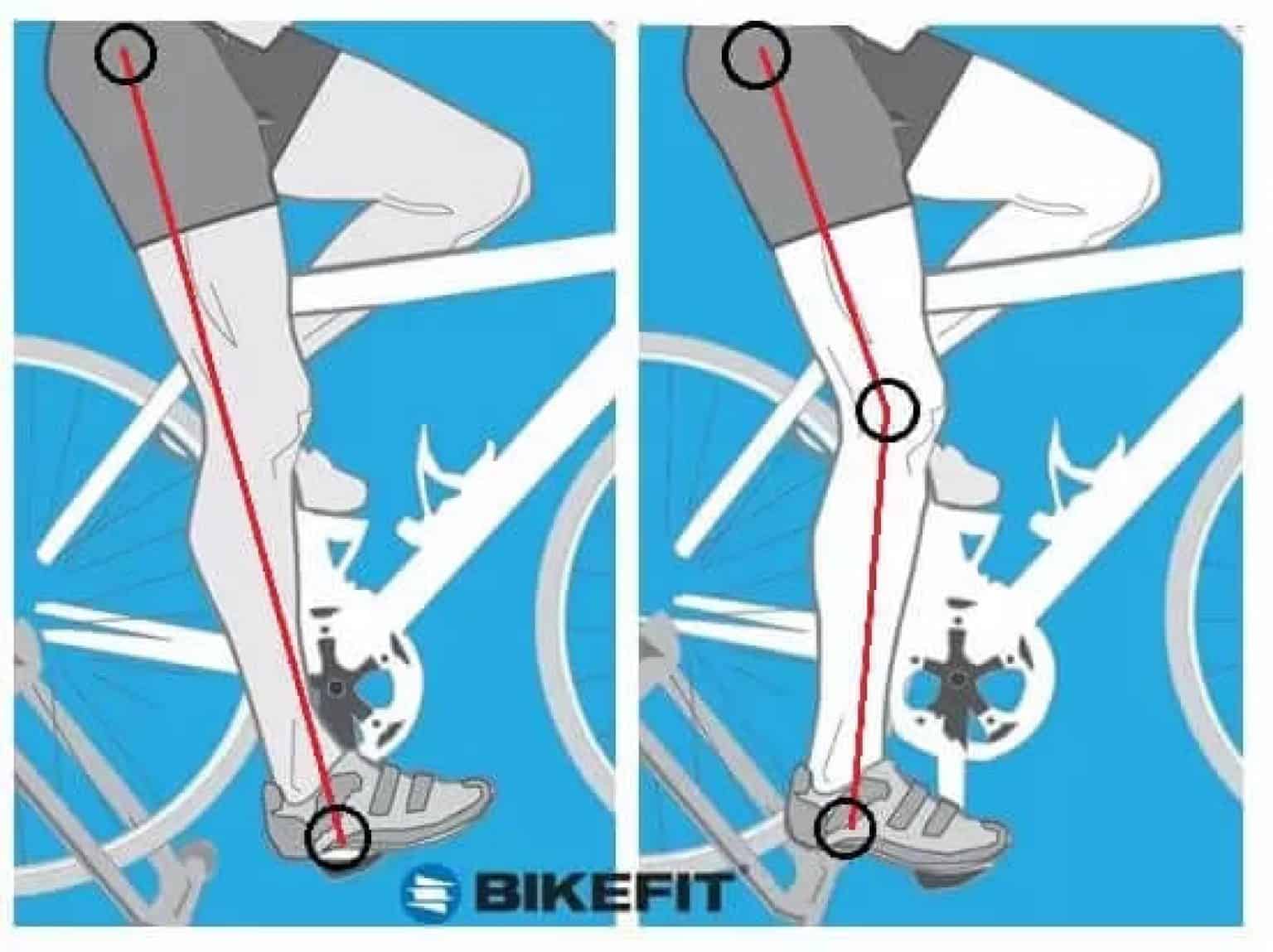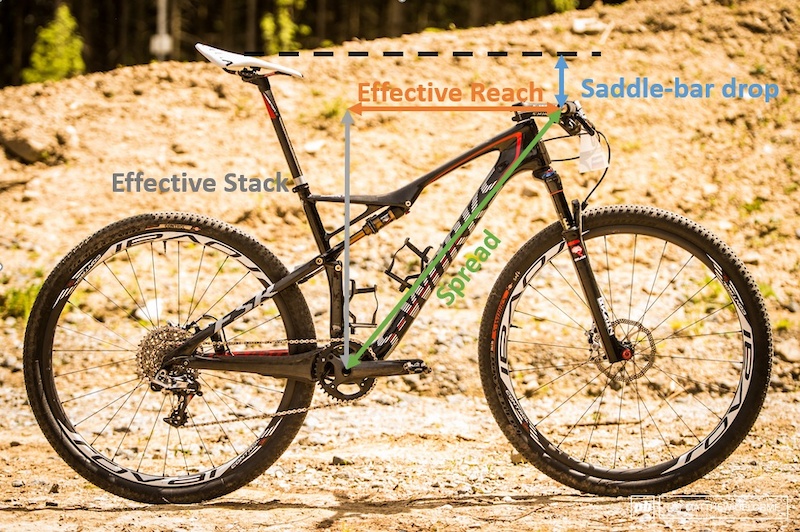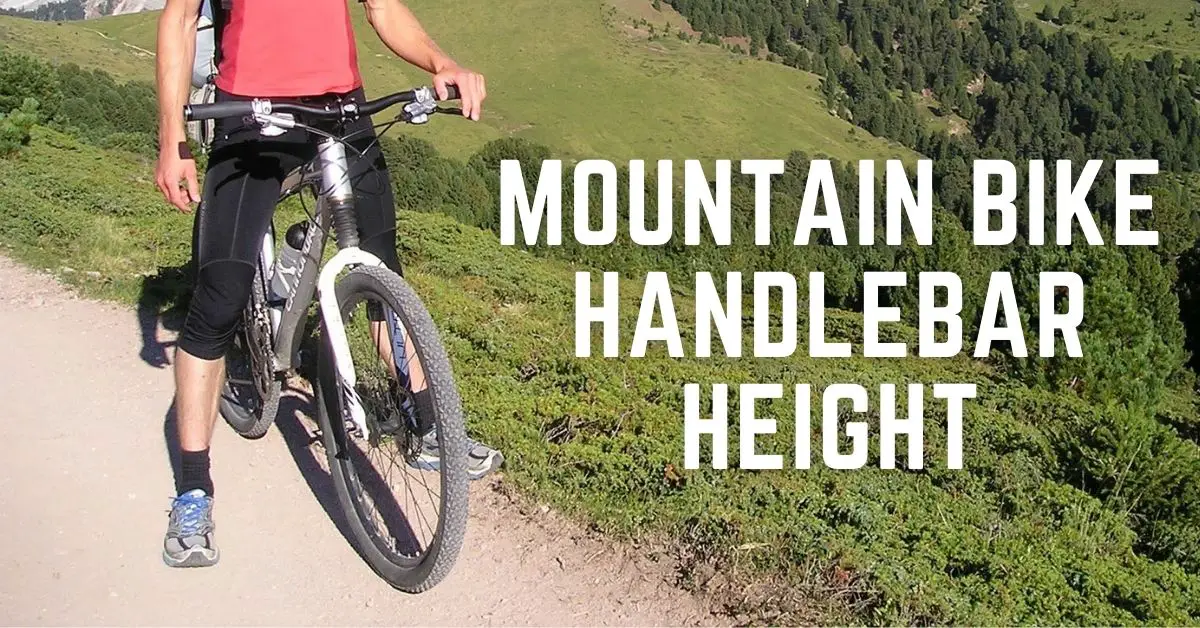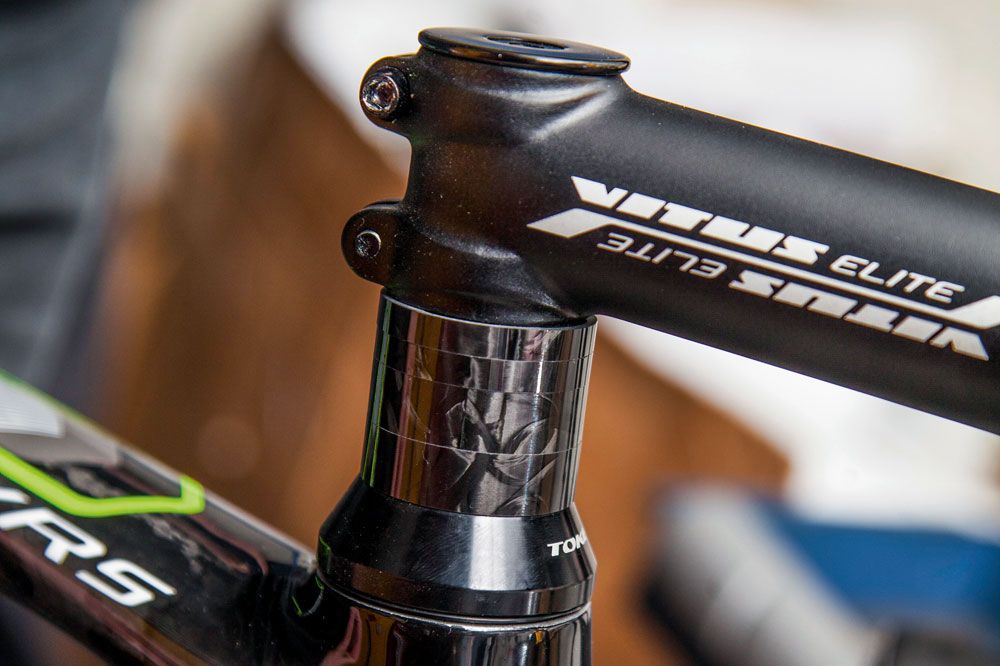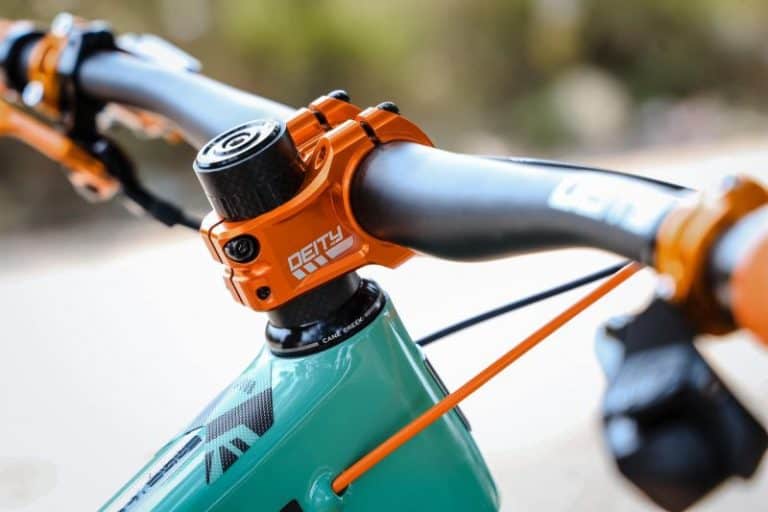Finding the Sweet Spot: Handlebar Height Explained
Proper handlebar height on a mountain bike is a crucial aspect of a rider’s overall comfort, control, and performance. When a handlebar is set at the ideal height, it enables riders to maintain a comfortable riding position, reducing fatigue and discomfort. This, in turn, allows riders to focus on their technique, navigate challenging terrain with confidence, and enjoy a more immersive riding experience. On the other hand, a handlebar height that is too high or too low can lead to a range of issues, including back and neck strain, numbness in the hands, and decreased control over the bike. By optimizing handlebar height on a mountain bike, riders can unlock their full potential, ride with greater efficiency, and enjoy a more rewarding experience on the trails.
How to Determine Your Ideal Handlebar Height
Determining the ideal handlebar height on a mountain bike requires a combination of measurement, experimentation, and attention to personal comfort. To get started, riders should consider the following factors: arm length, riding style, and bike type. For example, riders with shorter arms may prefer a lower handlebar height to maintain a comfortable riding position, while those with longer arms may prefer a higher handlebar height. Additionally, riders who prioritize comfort and endurance may opt for a slightly higher handlebar height, while those who prioritize speed and agility may prefer a lower handlebar height. To measure ideal handlebar height, riders can use a simple formula: measure the distance from the ground to the top of the shoulder, then subtract 2-3 inches to determine the ideal handlebar height. From there, riders can fine-tune their handlebar height through experimentation, making adjustments based on their individual needs and preferences.
The Impact of Handlebar Height on Riding Position and Posture
A comfortable riding position is essential for optimal performance and enjoyment on a mountain bike. Handlebar height plays a critical role in achieving this comfort, as it directly affects a rider’s posture and overall riding position. When the handlebar height is set correctly, riders can maintain a neutral spine, relaxed shoulders, and comfortable wrist angle, reducing the risk of fatigue, discomfort, and injury. Conversely, a handlebar height that is too high or too low can lead to poor posture, putting unnecessary strain on the back, neck, and hands. For example, a handlebar height that is too high can cause riders to hunch over, putting pressure on the lower back and compromising their ability to control the bike. On the other hand, a handlebar height that is too low can cause riders to stretch forward, putting strain on the neck and shoulders. By finding the ideal handlebar height on a mountain bike, riders can optimize their riding position, reduce the risk of discomfort and injury, and enjoy a more comfortable and efficient ride.
Handlebar Height and Control: How it Affects Your Bike’s Handling
The handlebar height on a mountain bike has a significant impact on the bike’s handling and responsiveness. A well-set handlebar height can improve steering, braking, and cornering, making the ride more enjoyable and efficient. When the handlebar height is too high, the bike can feel sluggish and unresponsive, making it difficult to navigate tight trails and corners. On the other hand, a handlebar height that is too low can make the bike feel twitchy and unstable, compromising control and confidence. By finding the ideal handlebar height on a mountain bike, riders can optimize their bike’s handling, improving their overall riding experience. For example, a lower handlebar height can improve the bike’s agility and responsiveness, making it ideal for cross-country and trail riding. Conversely, a higher handlebar height can provide more control and stability, making it suitable for downhill and enduro riding. By understanding the impact of handlebar height on a mountain bike’s handling, riders can make informed adjustments to optimize their bike’s performance and their own riding style.
Real-World Examples: How Pro Riders Set Up Their Handlebars
Professional mountain bikers often have unique preferences when it comes to handlebar height on their mountain bikes. By examining the handlebar height setups of pro riders, we can gain insight into the variations and preferences among different riders and disciplines. For example, cross-country riders like Nino Schurter and Jolanda Neff often opt for a lower handlebar height to improve their bike’s agility and responsiveness. In contrast, downhill riders like Aaron Gwin and Rachel Atherton tend to prefer a higher handlebar height to provide more control and stability at high speeds. Enduro riders like Sam Hill and Cecile Ravanel often find a middle ground, with a handlebar height that balances comfort and control. By studying the handlebar height setups of pro riders, we can learn from their experiences and apply their knowledge to our own mountain biking endeavors. Whether you’re a seasoned pro or a beginner, understanding the importance of handlebar height on a mountain bike can help you optimize your bike’s performance and your own riding style.
Adjusting Your Handlebar Height: Tips and Tricks
Adjusting the handlebar height on a mountain bike can be a straightforward process, but it requires attention to detail and a understanding of the impact of handlebar height on the riding experience. To adjust the handlebar height, riders can use a combination of spacers, risers, and stem adjustments. It’s essential to have the right tools, such as a torque wrench and Allen keys, to make precise adjustments. When adjusting the handlebar height, riders should consider the following tips and tricks: start with small adjustments and test the bike’s handling, use a level to ensure the handlebars are straight, and consider the interplay with other components such as saddle height and stem length. Common mistakes to avoid include over-tightening the stem, neglecting to check the handlebar’s alignment, and failing to test the bike’s handling after adjustments. By following these tips and tricks, riders can optimize their handlebar height on their mountain bike, improving their comfort, control, and overall riding experience. Remember, finding the ideal handlebar height on a mountain bike is a process that requires patience, experimentation, and a willingness to make adjustments.
Handlebar Height and Bike Fit: A Holistic Approach
When it comes to optimizing the ergonomics of a mountain bike, handlebar height is just one piece of the puzzle. A comprehensive bike fit requires considering the interplay between various components, including saddle height, stem length, and pedal position. By examining the relationships between these components, riders can create a harmonious and efficient riding position. For example, a rider with a longer arm length may require a higher handlebar height to maintain a comfortable riding position, which in turn may affect the saddle height and pedal position. Conversely, a rider with a shorter arm length may prefer a lower handlebar height, which could impact the stem length and overall bike handling. By considering handlebar height as part of a holistic bike fit, riders can create a tailored setup that enhances their comfort, control, and overall riding experience. This approach recognizes that handlebar height on a mountain bike is not an isolated component, but rather an integral part of a complex system that requires careful consideration and adjustment. By adopting a holistic approach to bike fit, riders can unlock the full potential of their mountain bike and take their riding to the next level.
Conclusion: Finding the Perfect Balance for Your Mountain Bike
In conclusion, optimizing the handlebar height on a mountain bike is a crucial aspect of achieving a comfortable and efficient riding position. By understanding the importance of proper handlebar height, determining individual ideal heights, and considering the interplay with other components, riders can unlock the full potential of their mountain bike. Remember, finding the perfect balance of handlebar height on a mountain bike requires patience, experimentation, and a willingness to make adjustments. By following the tips and guidelines outlined in this article, riders can improve their comfort, control, and overall riding experience. Whether you’re a seasoned pro or a beginner, taking the time to optimize your handlebar height can make a significant difference in your mountain biking journey. So, get out there and start fine-tuning your handlebar height to take your riding to new heights!


